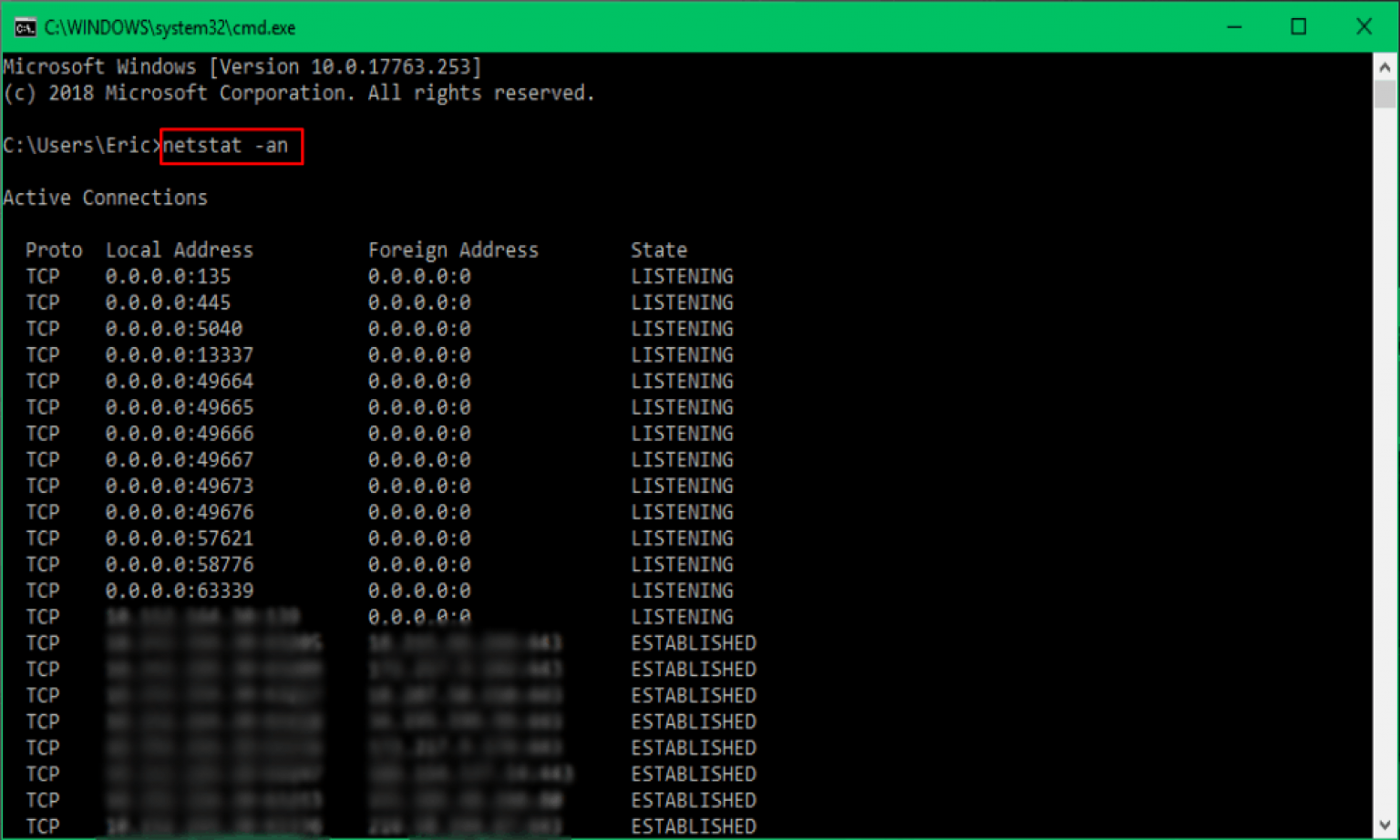

:max_bytes(150000):strip_icc()/ScreenShot2019-07-31at10.51.18PM-d8ecf1531531462ba09a3afbe657889e.png)
That option disappears when you force the app to quit, similar to choosing “End Task” in the Control Panel after pressing Control + Alt + Delete on a PC. A normal closure of the app will display a prompt (if needed) to save any changes you have made and will quit only after answering this prompt. To quit (close) the app, you simply need to press Command + Q to choose Quit from the app's menu in the menu bar. The Tabs menu includes an option to close all open tabs, except for the page you're currently viewing.įorce Quit is usually used to close an app that has stopped responding completely and prevents quitting the app normally. When you tap it, the button opens a new window, but when you keep your finger pressed on it, the Tabs menu appears. Tap and hold the Tab button, which looks like two stacked squares. Use the Tab menu to close all open taps simultaneously. MacOS includes a very handy feature called Automator, which is used in this trick to close all running applications. Since it keeps an eye on your system, CleanMyMac notifies the user if it spots an unresponsive app and offers to quit it via the notifications window. How to force an app to quit Press these three keys together: Option, Command, and Esc (Escape). If the app doesn't quit, follow these steps to force the app to quit. To quit (close) a Mac app normally, choose Quit from the app's menu in the menu bar, or press Command (⌘)-Q. To force any application to close, click it in the list, then click the “Force Quit” button. (You can also open this window by pressing Command+Option+Esc, which is like the Mac version of Ctrl+Alt+Delete.) The Force Quit menu is a simple window, floating above all of your windows, with a list of currently running applications.

A system tool that displays the clickable icons of all your Mac’s installed applications in the center of the screen when you click the.


 0 kommentar(er)
0 kommentar(er)
